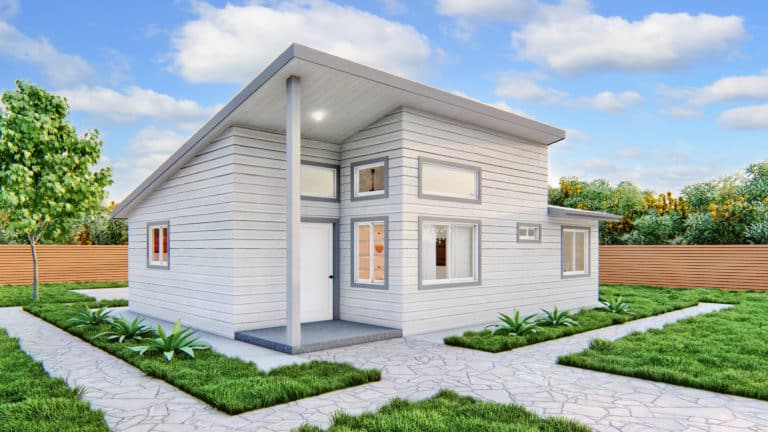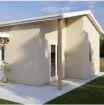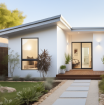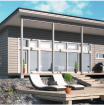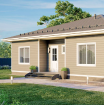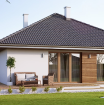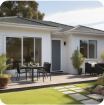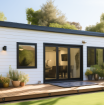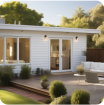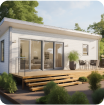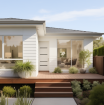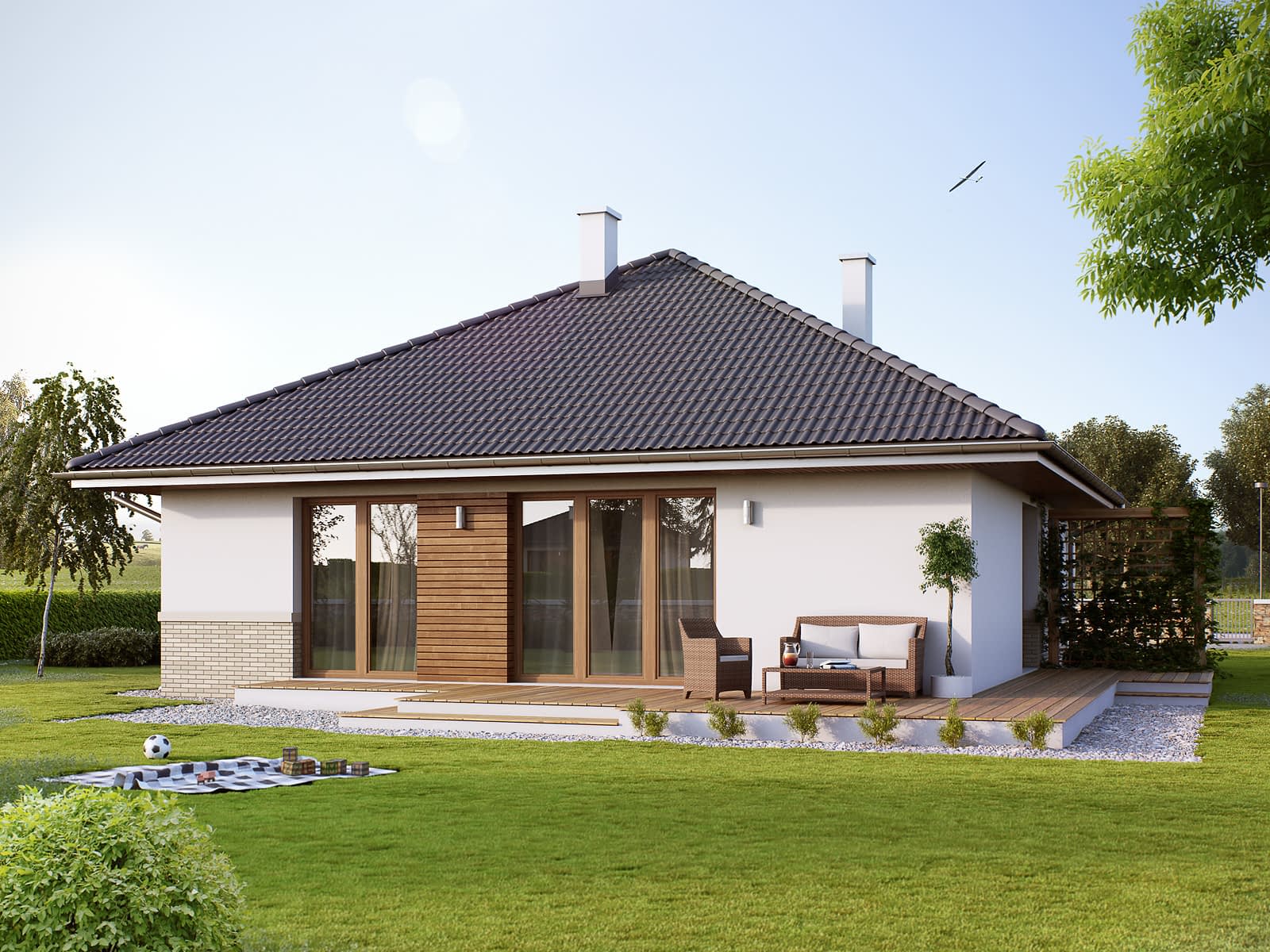
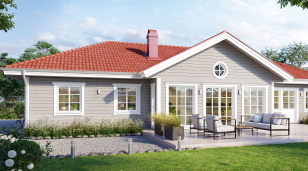
Request Accepted
A link to download your FREE brochure will be in your inbox in 3 minutes


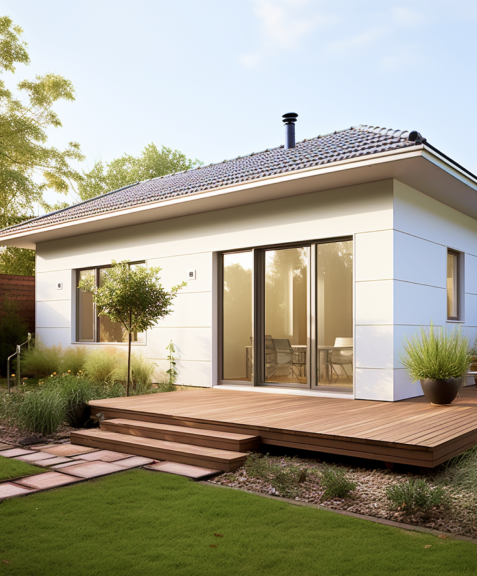

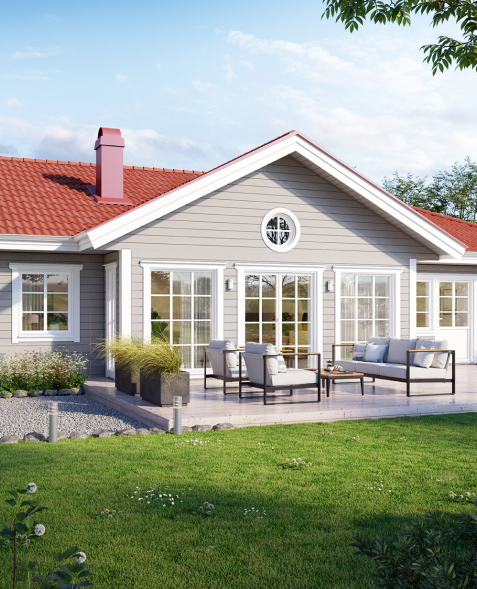
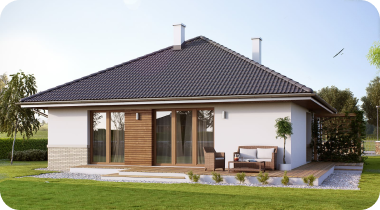


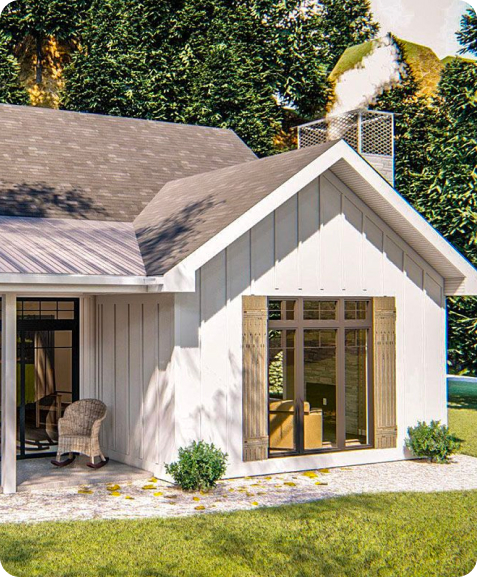

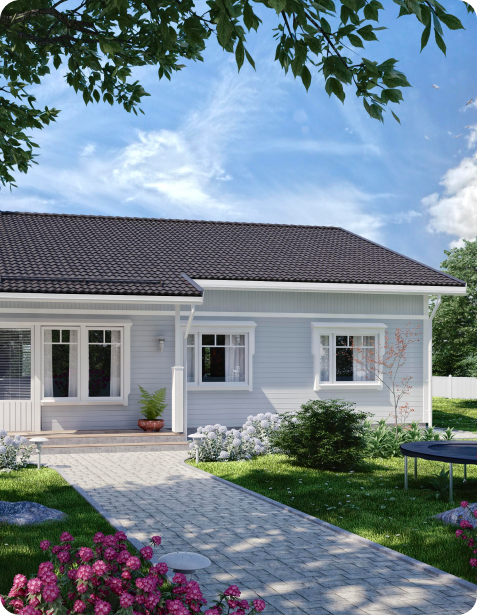
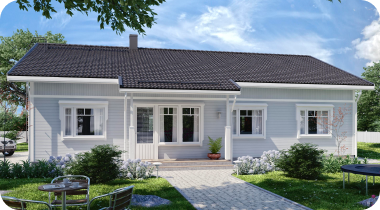
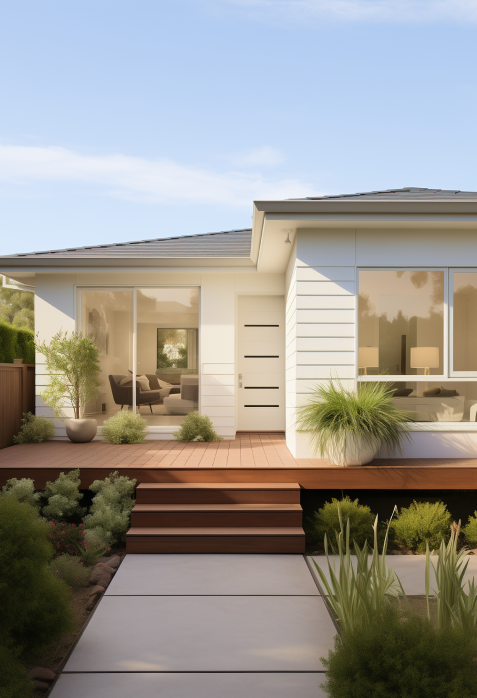
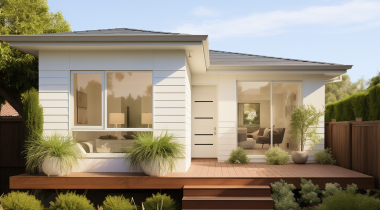
to Receive ADU Details
and Pricing

The final price may vary based on project specifics.
To get a free accurate quote tailored to your needs, book a consultation with us today!

The price per square foot provided is an average and may vary depending on project-specific details such as materials, location, complexity, and other factors. Actual costs may differ from the average provided.
It is recommended to obtain a detailed quote based on the specific requirements of your project.

Please note that the monthly payment displayed on this page is an estimate and is subject to variation based on the selected loan product, applicants credit score, loan amount, and other financial details. Actual monthly payment may differ from the estimate provided.
It is recommended to seek advice from a financial advisor or loan officer to obtain precise payment information tailored to individual circumstances.
Sacramento ADU Builders










Sacramento ADU Builders
ADU Services ADU Design & Build
Exceptional turnkey services, from plans and permits to occupancy, that simplify ADU development and ensure your peace of mind.
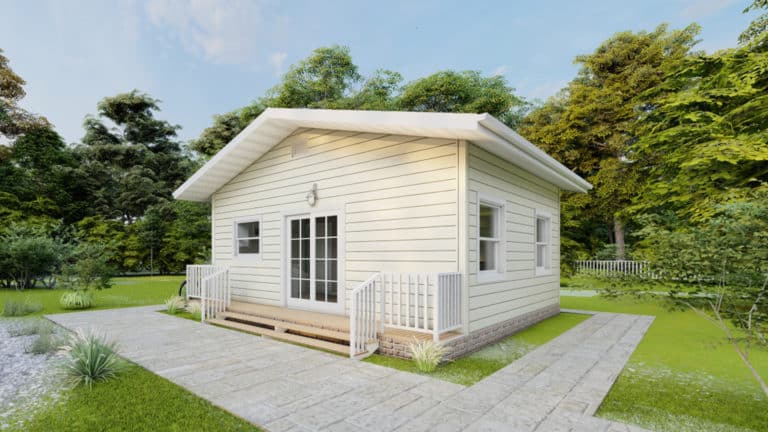
Studio ADU
The 400 sq ft studio ADU offers an efficient open layout, seamlessly combining living, sleeping, and dining spaces. With a full bathroom and energy-efficient design, it's ideal for a minimalist lifestyle or an excellent rental opportunity.
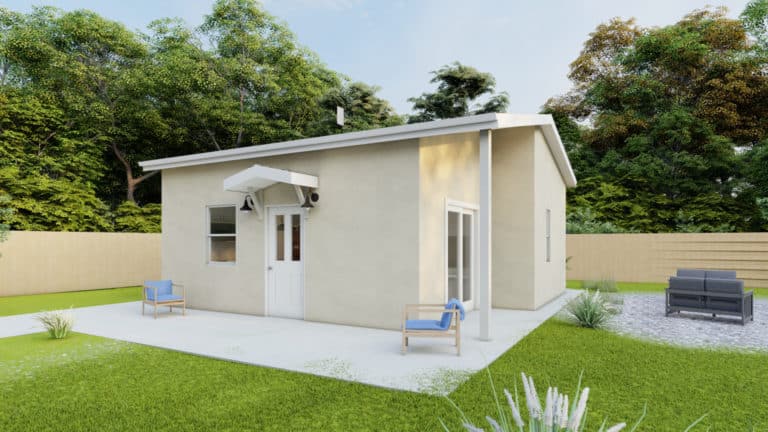
1-Bedroom ADU
The 520 sq ft 1-bedroom ADU provides versatile living solutions. Ideal for long-term rentals, it offers a self-contained space for tenants or serves as a comfortable in-law suite, ensuring independence for extended family.
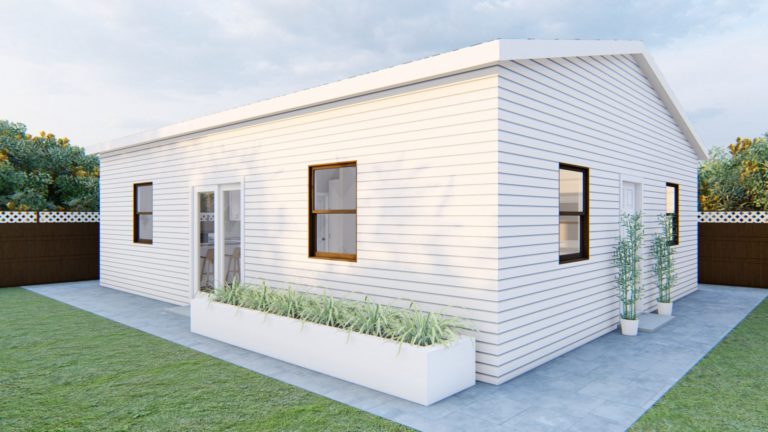
2-Bedroom ADU
The 570 sq ft ADU maximizes functionality with a full-size kitchen, two bathrooms, and two bedrooms, perfect for small families. Its thoughtful design optimizes every square foot for comfortable
living and privacy.
Turnkey Package
Preparation
- Permit ready set of plans: Architectural plans and engineering calculations, ready for a permit application.
- Interior Design: Our expert team offers personalized design consultation to create a functional and stylish interior space.
- Permit Submittal Services: We handle the hassle of permit submissions on your behalf, ensuring compliance with local regulations.
- Removal of debris: Our efficient crew takes care of removing construction debris, maintaining a clean and safe work environment.
Construction
- Concrete slab foundation: Enjoy a durable concrete slab foundation with proper grading and excavation for structural integrity.
- Exterior covered porch: Create an inviting outdoor space for relaxation and entertainment.
- Walls, partial vaulted/flat ceilings, 9′: Experience open and spacious living areas with customizable ceiling styles.
- Gable style roof: Benefit from a classic and durable roof design that adds timeless appeal to your home.
- Shingle type roof: Our high-quality shingles, along with gutters and downspouts, provide excellent protection and drainage.
- Mini-split Dual zone: Achieve optimal comfort and energy efficiency with our dual-zone mini-split system.
- Tank water heater: Enjoy a reliable water heater, conveniently housed in an outdoor galvanized water heater closet.
- Electrical sub-panel: Ensure efficient power distribution with our electrical sub-panel, meeting all safety and code requirements.
- Switches and outlets per code: We install switches and outlets throughout your home, adhering to electrical code standards.
- Exterior entry doors 36×80: Enhance security and aesthetics with our high-quality exterior entry doors.
- Standard-sized swing doors: Seamless transitions between rooms with stylish and functional doors.
- Standard-sized interior closet doors: Maximize storage space with our efficient and visually appealing closet doors.
- White vinyl windows: Enjoy energy-efficient windows that allow natural light to brighten your home while providing insulation.
- Insulation per T24: Our construction includes energy-efficient insulation for optimal comfort and reduced energy loss.
- Drywall & Orange peel or knockdown texture: Smooth and visually appealing finish with texture options.
- Interior paint: Choose from a wide range of premium paint colors to personalize your interior space.
- Painted exterior lap siding: Enhance curb appeal with professionally painted lap siding that withstands the elements.
- Luxury vinyl planks: Experience the durability and low-maintenance benefits of luxury vinyl planks for your flooring.
- Shaker style/European style cabinets: Enjoy the elegance and functionality of our shaker style or European style cabinets.
- Tile backsplash, 18″: Add a stylish and practical element to your kitchen or bathroom with an 18″ tile backsplash.
- Natural stone countertops: Elevate your kitchen and bathroom spaces with luxurious and durable natural stone countertops.
- Closet and pantry shelving: Maximize storage efficiency with our customizable shelving solutions for closets and pantries.
- Pre-assembled vanity cabinet: Our pre-assembled vanity cabinet comes complete with a countertop and splash piece backsplash.
- Acrylic shower enclosure: Experience the beauty and low-maintenance benefits of an acrylic shower enclosure.
- Plumbing fixtures and light fixtures: Our package includes high-quality plumbing fixtures and light fixtures as per the plan.
Utilities
- Labor to do trenching for utilities and run new lines: Our skilled labor team handles trenching and connects utilities, ensuring a seamless integration between the main house and ADU.
Appliances – all stainless steel
- Dishwasher, 24″: Enjoy the convenience and efficiency of a stainless steel dishwasher.
- Slide-in range, 36″: Cook with style and versatility using our stainless steel slide-in range.
- Refrigerator, 36″: Keep your food fresh and organized with our spacious stainless steel refrigerator.
- Over the range microwave-hood, 36″: Combine cooking and ventilation capabilities with our stainless steel microwave-hood.
- Garbage disposal: Experience easy and efficient waste disposal with our high-quality garbage disposal unit.
- Washer and dryer, 30″-36″: Our stainless steel washer and dryer set offers reliable performance and convenience.
Please note that the contents of the package may vary depending on the specific terms outlined in the contract. While we strive to provide accurate and consistent packages, certain variations may occur based on the agreed-upon terms and conditions.
Turnkey Custom ADU Calculator
Choose Your ADU Size
Our Latest ADU Projects
Our Process
A stress-free experience from start to finish

1. Consultation
Schedule a Virtual or an In-House Consultation with our Remodeling Consultants to discuss your project.

2. Estimate
Come in for an appointment to our Designer Showroom to go over the quote аnd pick out materials.

3. Contract
We sign a contract and get the ball rolling. You will meet with our Designer to finalize the designs.

4. Construction
We incorporate digital technologies into our construction processes to be more efficient.
Get Financing
for Your Project

Contact Solano Mortgage for a free consultation.
With 30+ years of experience, we ensure no negative impact on your FICO scores or data privacy. Solano Mortgage: your trusted lender, broker, and ally with California's largest credit unions.
to Discuss Your Financing Options
A+ Construction & Remodeling?



Costs
We provide clear estimates that tell you exactly where your money is going.
Timeframe & Schedule
We provide an easy-to-follow schedule so you can see where your project is at and what is next, in real time.
License & Warranty
We are licensed, bonded and provide warranty on labor and materials because we believe it’s important for you to have a peace of mind.
Communication
We have a streamlined communication system that includes your own personal chat with your entire team ready to answer your questions at any time.

Proud to be recognized by































What type of ADU Construction are you looking for?
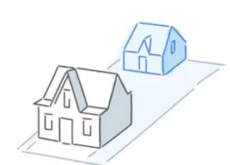
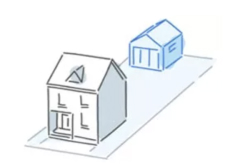
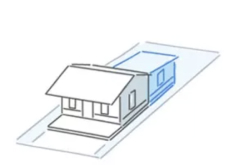
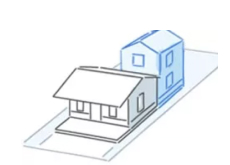
Price In
ADUs, or accessory dwelling units, have become one of the most popular project types for which general contractors are hired. And honestly, this is not a big surprise because the amount of benefits and functionality that an ADU can bring to a homeowner is truly astonishing. Nowadays, it is possible to create any kind of ADU in Sacramento, CA.
With a small accessory dwelling unit on your property, you get not only extended living space, but also a guest house or a new home to rent out and receive some additional income. The great thing is that you can create a quality ADU with any kind of budget, and A+ Construction & Remodeling team is more than ready to help you with this task. Explore the possibilities of ADU homes Sacramento and transform your property into a versatile and valuable space.
ADU Builders Sacramento, CA
Building accessory dwelling units from scratch is not an easy task, and someone with no professional experience can come across a lot of obstacles while trying to do that. A general contractor can be of great help in such a situation. Still not sure whether California ADU builders are worth your time and money? Look at some possible advantages that will make your business-making with contractors a must.
First of all, the whole process doesn’t take a couple of days, and you would have to dedicate a lot of time to the process. Not everyone’s job allows this, and combining both work and building an ADU can be really exhausting. Moreover, you have to spend some time with your family as well, which would be hard if there was construction going on.
Second of all, if you have no expertise or experience in such projects, you will probably face some mistakes and failed attempts. They can cost not only your time and patience but also money. Once the project is complete, you might spend twice as much as you would’ve spent on hiring general contractors.
Third of all, when you are not hiring a builder team, you will probably have to search for different specialists separately. This takes a lot of time, and you can never be sure when a particular part of the project will be completed so that the next one can start. Also, the quality of the job done is not guaranteed in all cases.
Thus, hiring ADU builders in Sacramento, CA, is the only rational solution when you want to spend your time and money wisely. A+ Construction & Remodeling has professional teams all over California, and we will get your project completed according to the stated budget and in a timely manner.
ADU Contractor Sacramento, CA
A+ specializes in building accessory dwelling units, as well as bathroom and kitchen remodel projects. With several projects completed each season, our company has gained the trust of loyal customers and the respect of the competitors. Outstanding ADU building services are something we can be especially proud of.
What makes our ADU builders stand out from other professional contractors in Sacramento County is our dedication to work. A+ company makes sure that everything is completed according to the client’s preferences and legal regulations. We pay great attention to all the details to ensure everything is done in the best way possible. Also, we can firmly say that the equipment and materials used for each new construction are safe and of the highest quality.
A+ workers have a high level of expertise in the industry, combining fundamental knowledge with fluency in the latest trends and findings.
To be sure of the nature of our projects, you can take a look at our extensive portfolio, which includes construction and remodeling works of different types.
ADU Contractor Building Types
Before you decide to start the entire process of constructing an ADU, you should first decide what kind of secondary unit you would like to have. There are no essential rules for this that all homeowners should follow. For an ADU project, the size of your lot, proximity to the primary residence, and personal preferences should be considered.
Here are the main types of accessory dwelling units that you can create using A+ professional contractor services:
Detached ADU
A detached accessory dwelling unit is a new construction on your lot that stands separately from the main home. It can be located anywhere in your backyard if it is allowed by the zoning regulations. A detached ADU usually has its own entrance and can serve as a whole new house, just of a smaller size.
Attached ADU
The attached accessory dwelling units help you to have your primary residence extended without disturbing the privacy of family members. Such projects usually have at least one common wall with the main dwelling, and they might also share a bathroom.
Junior ADU
Junior ADUs, also called JADUs, are smaller constructions that serve as an extension of your home. You can make your kitchen area bigger or add a new dining area to the existing space without remodeling a big part of your house.
Garage Conversion ADU
Garage conversions are another popular variety of ADUs. You can completely remodel your own garage and turn it into an accessory dwelling unit. This allows you to save space on the property and add more functionality to an unused space.
Whatever kind of ADU project you choose to have, A+ has some of the best contractors in Sacramento County. With professional services available in all the popular locations, as well as smaller areas, our team will provide you with everything from preliminary planning to the final steps of construction.
ADU Unit Construction Sacramento
The entire project of creating an ADU consists of several steps, each of which is coordinated by the A+ team. To have a clearer idea of what it’s like working on a building project with contractors, we recommend you read through the complete list of all the stages of creating a new construction.
Accessory dwelling units go through the following steps of development:
- You have the first meeting with A+ office staff, discuss your ideas, and get the estimate for the budget;
- Designers work on the appearance of the future ADU, including the interior and exterior;
- Professional architects make plans according to all the state and local law regulations;
- The project goes under review by Sacramento officials, and if all the requirements are followed, the building permit is received;
- The construction or renovation of the existing space is done, according to all the plans.
Although it might sound simple, there are many specificities of the project process that have to be taken into account. In order to do everything in the correct way, contact A+ to work on your ADU in Sacramento county.
Benefits of ADU Building
When you get your ADU built properly, you and your family get to enjoy plenty of benefits that these units bring. And improvement of the existing space that has been out of use is only one of them.
Here are some other advantages of building accessory dwelling units:
- You get more living space. Whether you would like to turn your ADU into a guest house or a granny flat, an ADU is a perfect structure for this, as it’s not as costly as building or buying another house, and it doesn’t take up much space on your lot.
- An ADU can be your source of passive income. If your family wants to increase its budget, a secondary unit gives a perfect opportunity for this. Receiving rental income from a small home in your backyard is quite easy, as you also get to look after your ADU so that nothing bad happens.
- If you are doing some business from home, your own property can become your office. Simply transform your secondary dwelling unit into a working space or a studio, and get a nice environment to concentrate on the important things without getting out into the city.
- In California, it is pretty popular to turn your ADUs into a home cinema or home gym. Thus, you can enjoy spending time with your friends and family or working out right on your property.
- If your family has grown bigger over the years, you can extend the main dwelling and turn it into a living place with its own utilities. The comfort of free space and the right amount of privacy will make the life of any family better.
- Accessory dwelling units are also great for your property value. If you ever decide to sell the main house, the value of your property on the market will be bigger thanks to this small addition.
Want to make the best out of your new construction? Have professional contractors build everything according to your needs and wishes, and enjoy the new space over the years to come.
A+ Construction & Remodeling Certifications

INC. 5000 Ranking

EPA Certification
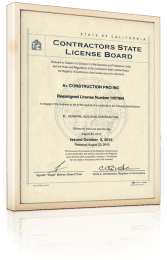
LIC #1007869 CSLB

Accreditation with BBB

Member of NKBA

Member of NARI
What Makes A+ Construction & Remodeling Unique

BUILDING FOR YOU

CERTIFICATIONS

BIGGER SAVINGS

DESIGNER SHOWROOM

NO HIDDEN COSTS

SUPERIOR PRODUCT

TRUSTED SOURCES

ECO FRIENDLY

NO PRESSURE SALES
Sacramento ADU Construction Company
There are many companies that offer contractor services in California, but A+ Construction and Remodeling surely stands out. Whether you need to remodel an existing area or you want something completely new on your property, our specialists are ready to tackle tasks of any difficulty.
With years of experience working in the construction industry, the A+ crew has become one of the leading remodeling businesses, all thanks to the outstanding work ethic and trust of many customers. The company constantly continues to improve its methods to satisfy our loyal clients and welcome new ones. You can read reviews for our previously done contractor services to see what people especially like about our work.
What is more, we make sure that you and your family are safe. We prioritize the quality of each ADU, and that is why only the safest materials received by the checked suppliers are used. A+ also values the ecological side of any construction, and we pay attention to the sustainability of all the materials used.
No business can be developed without constant growth in knowledge and skills. Everyone on our team tries to regularly improve their specializations and find the most efficient ways of creating new projects. Moreover, we prove our expertise with updated licenses and certifications, as well as prestigious awards and high positions in ratings.
When you choose A+ Construction & Remodeling for your ADU project, you can be sure of the final product’s quality and the comfortable conditions of working with our professionals. For everyone who contacts us and books the first consultation, we offer a budget estimate that can give you a better picture of what to expect in terms of money and what amount of work needs to be done.
ADU Building Sacramento
Creating an ADU includes not only the construction process itself but also complying with various law regulations imposed by the city, state, and country. Local rules may vary from one place to another, and that is why knowing all the specificities is important.
Take a look at some of the legal requirements that have to be followed:
- The number of ADUs allowed per single-family property is two, and for multifamily homes, it is one per every four homes.
- The number of square feet cannot exceed 1,200 for all the ADUs combined.
- Attached ADUs can be no bigger than half of the main home’s area;
- One-story ADUs are required to have 60 feet setbacks from the front line of the property, while two-story units must be at least 4 feet away from the side and rear lines.
- As for fire safety, fire sprinklers should be added if the primary unit has them.
- ADUs allowed to be built on any property size must not exceed 16 feet in height.
An ADU plan that does not comply with these and some other regulations will not be approved by the local officials for the permit, and you will have to pay for another application once it is corrected. To avoid wasting your time and budget, it is better to hire contractors with professional legal staff, such as the ones at A+.
We carefully review each plan at the stages of development to make sure that everything is done in the correct way. Thus, you won’t have to study the numerous laws by yourself or look for a specialist separately. Such a way of building an ADU in Sacramento is more comfortable and convenient for any property owner.
Prefab ADU Construction
If you are not looking forward to a long construction process going on in your backyard, there is an easy solution. A+ offers prefab ADUs to its customers. Prefabricated units are created part by part in advance, and then they get delivered to your lot for quick assembly.
Thus, you will get all the walls, roof, windows, and other essential parts delivered in different pieces, and then our business will work on creating a proper ADU out of it. Such an option is an affordable one and requires much less work than building an ADU from scratch.
ADU Housing
Building an ADU with professionals from A+ Construction & Remodeling is a great way to invest your money in something useful. Our business values the quality of the services offered, the safety of all of our work, and the satisfaction of our customers. We make sure you get exactly what you want and take care of every single detail.
Contact A+ ADU business representatives and book your very first consultation, where you will get a chance to explain your ideas and get suggestions from our professionals. What is more, you get to receive an estimate of the financial plan for free! Start working towards your dream ADU with A+ right now.
ADU Building Process Steps
Our comprehensive ADU construction process includes permit ready set of plans, interior design, submittal services, removal of debris. We are committed to using only the highest quality materials, ensuring the longevity and value of your ADU. With our ADU Building Services: From initial design consultations to the final touches, we’re with you every step of the way.ADU Construction Process Steps
Step 1. Permit ready set of plans: Architectural plans and engineering calculations, ready for a permit application.Step 2. Interior Design: Our expert team offers personalized design consultation to create a functional and stylish interior space.
Step 3. Permit Submittal Services: We handle the hassle of permit submissions on your behalf, ensuring compliance with local regulations.
Step 4. Removal of debris: Our efficient crew takes care of removing construction debris, maintaining a clean and safe work environment.
ADU Construction Includes
Please note that the contents of the package may vary depending on the specific terms outlined in the contract. While we strive to provide accurate and consistent packages, certain variations may occur based on the agreed-upon terms and conditions.Frequently Asked Questions
What is the most cost-effective way to build an ADU?
The most cost-effective way of ADU construction is to hire ADU contractors who will take care of the whole process. With the help of A+ contractors, you will be able to save money on receiving professional services without any failed attempts right away. Also, you get to discuss finances on the first consultation, so you are aware of what to expect and can plan your money accordingly.
How many square feet can an ADU be in the Sacramento?
An ADU in Sacramento, CA, cannot exceed 1,200 square feet in size. Even if you have two ADUs on your lot, their summed-up size can’t be bigger than this one, either. For attached ADUs, there is also a limitation of half of the main house’s size.
How much does an ADU cost in Sacramento?
The price of building your ADU in Sacramento, CA, is defined by the type and size of the construction, materials used, and the specificities of your lot. A+ business offers a variety of price options, and everyone can find something according to their budgeting.
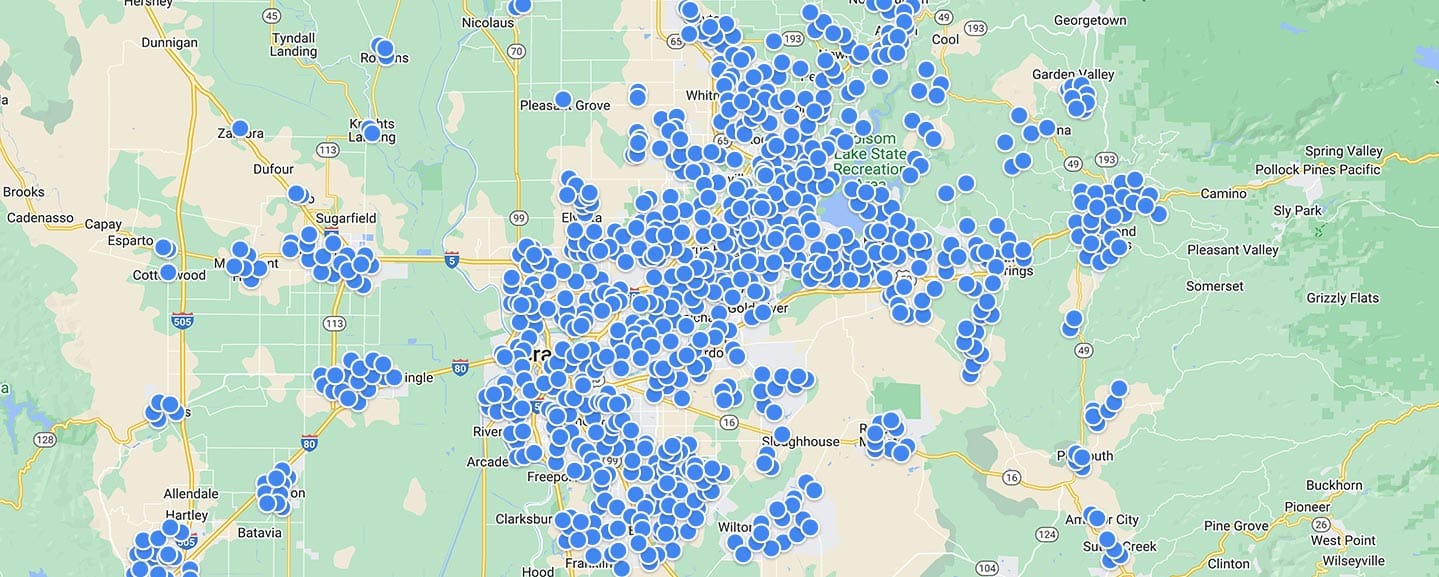
- Allendale Solano
- Alta
- Antelope
- Apple Hill
- Arden Arcade
- Auburn
- Auburn Lake Trails
- Beale AFB
- Cameron Park
- Camino
- Carmichael
- Carnelian Bay
- Cedar Flat
- Citrus Heights
- Clarksburg
- Clay
- Cold Springs
- Colfax
- Coloma
- Courtland
- Davis
- Diamond Springs
- Dixon Solano
- Dollar Point
- Dunnigan
- Dutch Flat
- East Nicolaus
- El Dorado Hills
- El Macero
- Elk Grove
- Elmira Solano
- Elverta
- Esparto
- Fair Oaks
- Fairfield Solano
- Florin
- Folsom
- Foothill Farms
- Foresthill
- Freeport Sacramento
- Fruitridge Pocket
- Galt
- Georgetown
- Gold River
- Granite Bay
- Grass Valley
- Grizzly Flats
- Hartley Solano
- Herald
- Hood Sacramento
- Isleton
- Kings Beach
- Knights Landing
- La Riviera
- Lemon Hill
- Lincoln
- Linda
- Lodi
- Loomis
- Madison
- Marysville
- Mather
- McClellan
- McClellan Park
- Meadow Vista
- Meyers
- Monument Hills
- Natomas
- Newcastle
- Nicolaus
- North Auburn
- North Highlands
- Olivehurst
- Orangevale
- Parkway
- Penryn
- Placerville
- Plumas Lake
- Pollock Pines
- Rancho Cordova
- Rancho Murieta
- Rio Linda
- Rio Oso
- Robbins
- Rocklin
- Rosemont
- Roseville
- Sheridan
- Shingle Springs
- South Lake Tahoe
- Stockton San Joaquin
- Suisun City Solano
- Sunnyside-Tahoe City
- Sutter
- Tahoe Vista
- Tahoma
- Trowbridge
- Truckee
- University of California-Davis
- Vacaville
- Vallejo Solano
- Vineyard
- Walnut Grove
- West Sacramento
- Wheatland
- Wilton
- Winters
- Woodland
- Yolo
- Yuba City
 Serving communities since 1997
Serving communities since 1997


